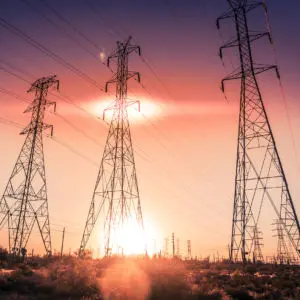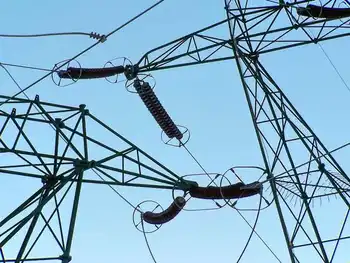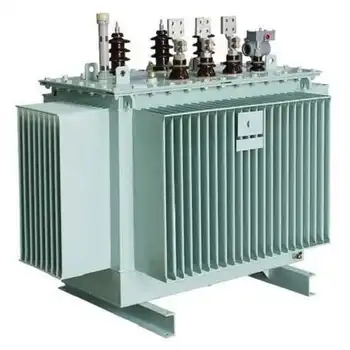Composite Material May Aid Energy Woes
Gateway To North America's Electrical Industry -
LOS ANGELES, CA -- In an effort to relieve overworked power grids, researchers in California are developing a composite reinforced power cable that has a dual zap -- improving transmission rates while simultaneously serving as a fiber optic cable for communications.
"We are trying to combine megawatts with gigabits," said Steve Nutt of the University of Southern California in Los Angeles, adding that over the past 20 years the power industry had managed to boost power production 30 percent while only increasing distribution capacity by 15 percent. "
One important fact to remember about the power shortage is that even if we bring additional plants on line, the problem of distributing the power to customers will remain."
Currently, power lines consist of aluminum strands wrapped around standard steel cables. The current is carried by the aluminum while the steel bears the load, or carries the weight of, the entire assembly. Aluminum, if mixed with alloys, is a poor conductor of electricity. But nearly pure aluminum is a good conductor.
While strong and physically supportive of the aluminum wires, the steel cable is heavy and actually decreases the assembly's capacity to carry amperage -- its so-called ampacity -- by 40 percent.
Ideally, engineers want to decrease the size of the supporting cable while increasing the amount of aluminum strands, all without increasing the overall diameter of the power assembly. (Larger diameters mean that more ice or snow can accumulate, increasing weight and further burdening the system.)
To attack the problem, the California Energy Commission funded a group of researchers, including Nutt, to develop fiber reinforced composites as a lighter and stronger steel substitute.
The composite, a glass fiber wrapped in insulating plastic, takes up less space, leaving more room for current-carrying wires. The plastic coating ensures that the wires and the cable do not interfere with each other.
Nutt said researchers realized the composite material, known as Composite Reinforced Aluminum Conductor, would not only increase transmission rates by 15 percent, but could be used as optical fibers to carry communications transmission.
"The beauty of this approach is that ostensibly very little would be required to acquire right-of-way to run new transmission lines," he said. "Packaging two functions into one system (means) we'll be able to carry enormous amounts of information at high speeds over the same lines."
The dual-use assembly will be tested on a 222,000-volt line in Southern California's Edison Grid.
"The problem we are trying to solve is the transmission of more energy over existing right-of-ways without increasing or acquiring new land to construct transmission lines," said Alonso Rodriguez of Goldsworthy and Associates, a design firm in Torrance, Calif. that is also working on the project.
Rodriguez said the CEC had invested over $1 million in the project and that the Department of Energy and the California Technology Investment Program were also supporters.
"This project has a great potential to increase the amount of power carried by our current transmission towers," said David Rohy, a retired vice chairman of the CEC. Rohy said he would not comment on the use of the composite cable as a fiber optic source.
Related News

BC Hydro Expects To See Electricity Usage Rise This Holiday Season
VANCOUVER - BC Hydro data showed residential electricity load in the Cariboo and throughout the province dropped on Christmas Day and Boxing Day in 2020.
Northern Community Relations Manager, Bob Gammer, said the decrease was due in part to more people following the COVID-19 restrictions and did not get together for big meals.
However, this year Gammer said between 4 and 10 pm on those two days, BC Hydro does expect to see a change in overall usage.
“On Christmas Day and Boxing Day, we expect to see increases through those hours and a little bit more so between 4 and 10 pm…




